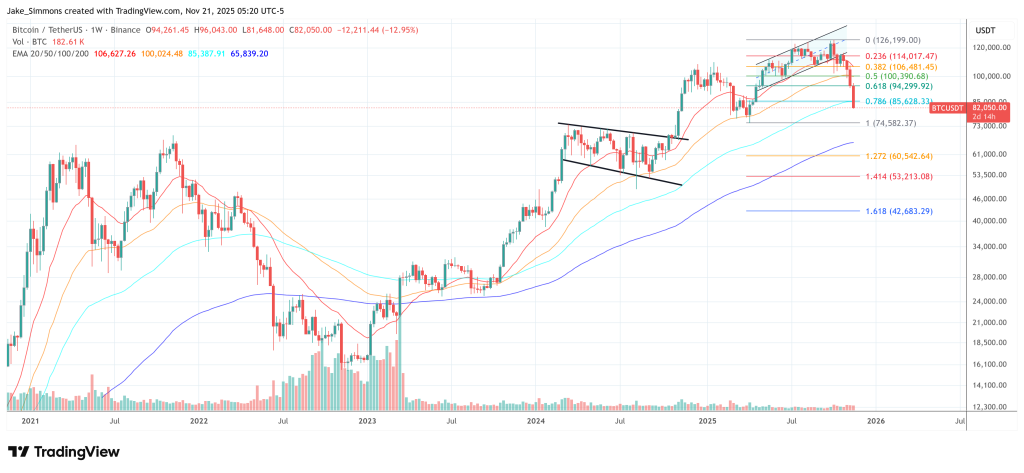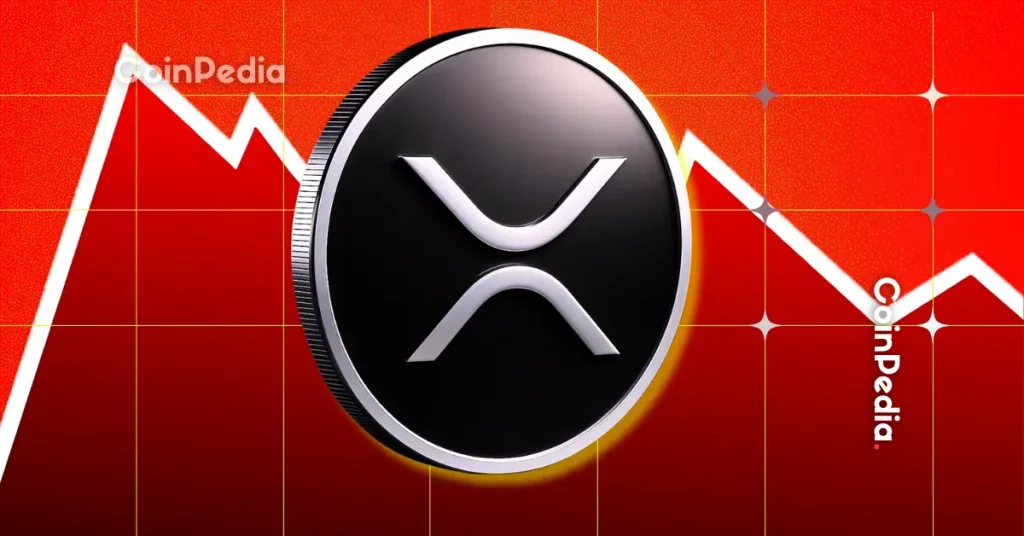CryptoQuant founder and CEO Ki Young Ju pushed back on a renewed wave of forced Bitcoin liquidation and bankruptcy chatter around Strategy (formerly MicroStrategy, MSTR), arguing that the bearish thesis misreads the company’s capital structure and shareholder incentives.
In a Nov. 20, 2025 post on X, Ju wrote, “MSTR only goes bankrupt if an asteroid hits Earth,” adding that critics should “bring a single piece of evidence” before claiming Michael Saylor would be liquidated. The comments came as Bitcoin and high-beta crypto proxies retraced into late November, reviving legacy narratives that Strategy’s debt stack could compel BTC sales.
Why Strategy Will Never Sell Bitcoin
Ju’s central claim is that Strategy is not structurally set up like a margin trader. Addressing the most common fear—that convertible notes “missing” their conversion price forces liquidation—he stated: “Convertible debt not reaching the conversion price is not liquidation. It simply means the notes get repaid in cash […] Failing to convert is not a bankruptcy trigger. It is just normal debt maturity.”
In his view, the repayment pathways are conventional corporate finance tools: refinancing, rolling into new notes, secured borrowing, or operating cash flow. That framing aligns with how convertibles function in practice; if equity is below strike at maturity, the embedded option expires and the instrument reverts to straight debt rather than a forced-sale event.
He also grounded his argument in governance and identity. “Saylor would never sell Bitcoin unless shareholders want it,” Ju wrote, warning that “selling even a single BTC would destroy MSTR’s identity as a Bitcoin treasury company and trigger a death spiral for both Bitcoin and MSTR.” Strategy has repeatedly defined itself as a BTC-treasury vehicle, and its shareholder base largely bought into that mandate, making voluntary divestment politically and strategically improbable absent a radical shift in investor preference.
Balance-sheet data underpins Ju’s confidence. Strategy reported 640,808 BTC as of Oct. 30, 2025, acquired for about $47.44 billion; subsequent filings cited major November additions taking holdings to roughly 649,870 BTC. Even after accounting for the growing convertible and preferred layers, the BTC treasury remains the dominant asset, meaning solvency stress would require an extreme, prolonged Bitcoin collapse rather than a cyclical drawdown.
Ju did not claim the equity is risk-free. “This does not mean MSTR’s stock price will always stay high,” he wrote, but called the idea that Strategy would sell BTC to support the stock or face imminent bankruptcy “completely absurd.”
He added that even at a price of $10,000 per coin, Strategy would face “a debt restructuring, nothing more.” On preferred shares, he acknowledged dividend obligations, noting payments have not been missed and can be covered via new share issuance—dilutive, but not a liquidation vector. Posting BTC as collateral, he said, would be a last resort because that would introduce real margin risk.
In short, Ju’s rebuttal draws a hard line between volatility and insolvency: Strategy may trade like leveraged Bitcoin, but its liabilities do not mechanically force BTC sales. The “Saylor liquidation” narrative, he argues, is a Twitter myth unless the world ends—by asteroid.
At press time, BTC traded at $82,050.


 3 weeks ago
5591
3 weeks ago
5591















 English (US)
English (US)